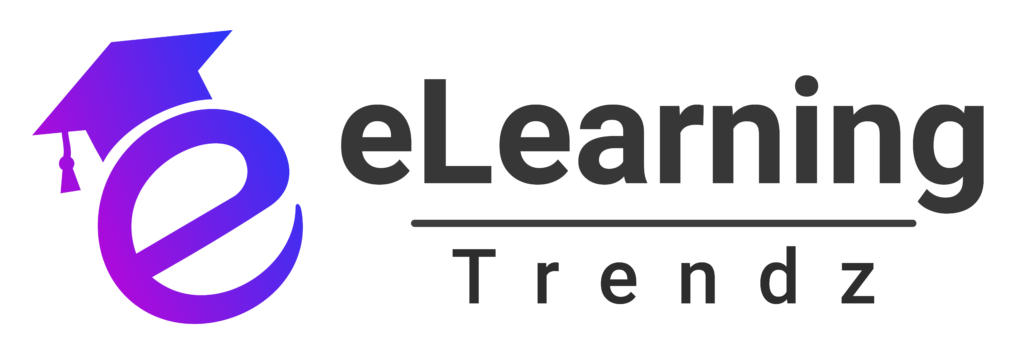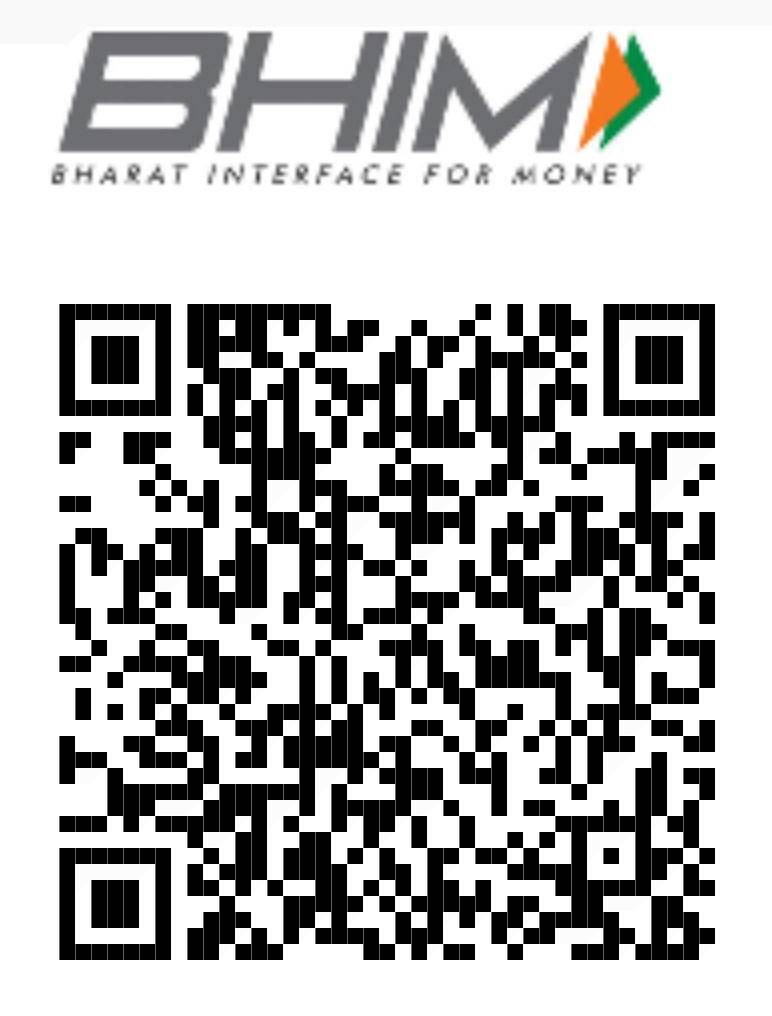What is a Customer Training LMS?
A Customer Training LMS (Learning Management System) is a digital platform designed to educate customers, partners, and vendors on how to effectively use a company’s products or services. Unlike traditional LMS platforms used for internal employee training, a Customer Training LMS is built specifically for external users, ensuring they have the right knowledge and skills to maximize product value.
This system enables organizations to create interactive tutorials, step-by-step guides, video lessons, quizzes, and certifications. It allows users to learn at their own pace while reducing reliance on customer support teams. A well-structured LMS enhances user experience, streamlines training, and fosters customer engagement.
Why is a Customer Training LMS Important?
- Enhances Customer Experience – When customers understand your product better, they have a more seamless experience.
- Reduces Support Tickets – A well-structured LMS minimizes repetitive queries and customer confusion.
- Increases Retention Rates – Educated customers are more likely to continue using your product.
- Boosts Brand Loyalty – Customers who feel supported tend to stay loyal to a brand.
- Scalable Training Solution – Train thousands of users without geographical or time constraints.
Benefits of a Custom Training and Customer Training LMS
1. Faster Product Adoption
Customers who undergo structured training are more likely to understand and adopt your product quickly. A Customer Training LMS offers tutorials, interactive lessons, and real-life use case studies, making onboarding seamless. The faster customers learn to use your product, the more likely they are to achieve success with it.
2. Reduced Support Costs
A well-designed LMS provides self-help resources, reducing the number of repetitive inquiries and support tickets. This enables customer support teams to focus on complex issues rather than answering basic questions. By allowing customers to access training material anytime, businesses can lower support overhead significantly.
3. Improved Customer Engagement
When customers have access to engaging content, they are more likely to interact with your brand. Features like gamification, quizzes, and personalized learning paths increase user engagement. An engaged customer base leads to better product adoption and brand advocacy.
4. Increased Customer Satisfaction
When customers feel empowered to use your product efficiently, they are more likely to leave positive feedback and recommend your product to others. Satisfied customers contribute to better word-of-mouth marketing and higher retention rates, ensuring long-term business growth.
5. Higher Revenue & Upsell Opportunities
An effective Customer Training LMS creates opportunities to educate users about additional features and premium offerings. This leads to increased upselling and cross-selling potential. Educated customers are more likely to invest in add-ons and advanced functionalities that benefit their business.
Key Features of a Customer Training LMS
1. User-Friendly Interface
An intuitive platform ensures that even non-tech-savvy users can navigate and complete courses effortlessly. A simple, clean interface reduces friction in the learning process, improving course completion rates and overall user experience.
2. Mobile Accessibility
Customers should be able to access training content anytime, anywhere using mobile devices. A mobile-friendly LMS ensures that learning is not restricted to desktops, offering flexibility to users who prefer learning on the go.
3. Interactive Learning Modules
Incorporate videos, quizzes, simulations, and gamification to keep customers engaged. Interactive elements enhance knowledge retention, making training more effective and enjoyable for learners of all backgrounds.
4. Personalized Learning Paths
AI-driven personalization helps tailor learning content based on user behavior and preferences. A dynamic LMS adapts to the learner’s progress, ensuring they receive relevant content that aligns with their needs and learning pace.
5. On-Demand Resources
A robust knowledge base, FAQ section, and resource library ensure customers find answers quickly. Instead of waiting for customer support, users can self-serve through guides, manuals, and video tutorials that address their most common concerns.
6. Integration with CRM & Support Tools
Seamless integration with CRM platforms (e.g., Salesforce), helpdesk tools, and customer support systems enhances the training experience. An integrated LMS ensures training data is synchronized across platforms, improving efficiency and reporting accuracy.
7. Analytics and Reporting
Detailed insights into user progress, course completion rates, and engagement levels help businesses continuously optimize their training programs. Tracking learner behavior allows companies to improve their training materials and adjust strategies accordingly.
How to Choose the Right Customer Training LMS
1. Identify Your Training Goals
Define whether your focus is on customer onboarding, product training, certification programs, or compliance training. Clear objectives help in selecting the right LMS features and functionalities that align with your business goals.
2. Understand Your Audience
Know your customers’ learning preferences and create content tailored to their needs. Whether your audience prefers self-paced learning, live webinars, or blended learning approaches, a good LMS should cater to diverse training styles.
3. Evaluate Scalability
Ensure the LMS can scale with your growing customer base without performance issues. The ability to accommodate thousands of users simultaneously ensures long-term sustainability for your training initiatives.
4. Prioritize Customization Options
Your Custom Training LMS should allow branding, UI customization, and course personalization. A branded learning experience ensures consistency in messaging and aligns with your company’s identity.
5. Assess Integration Capabilities
A good LMS should integrate with your existing CRM, analytics, and customer support platforms. Seamless data flow between platforms enhances tracking, reporting, and customer engagement.
6. Check Pricing and ROI
Look at pricing models and assess potential long-term value and ROI. Compare costs against the expected benefits, such as reduced support costs, improved customer retention, and higher sales.
Conclusion
A Customer Training LMS is an invaluable tool for enterprises looking to enhance customer engagement, reduce churn, and improve product adoption. By choosing the right platform, implementing best practices, and leveraging AI-driven learning experiences, businesses can unlock new growth opportunities and long-term customer success.
If you’re ready to elevate your customer education strategy, start exploring LMS solutions that align with your goals today!










